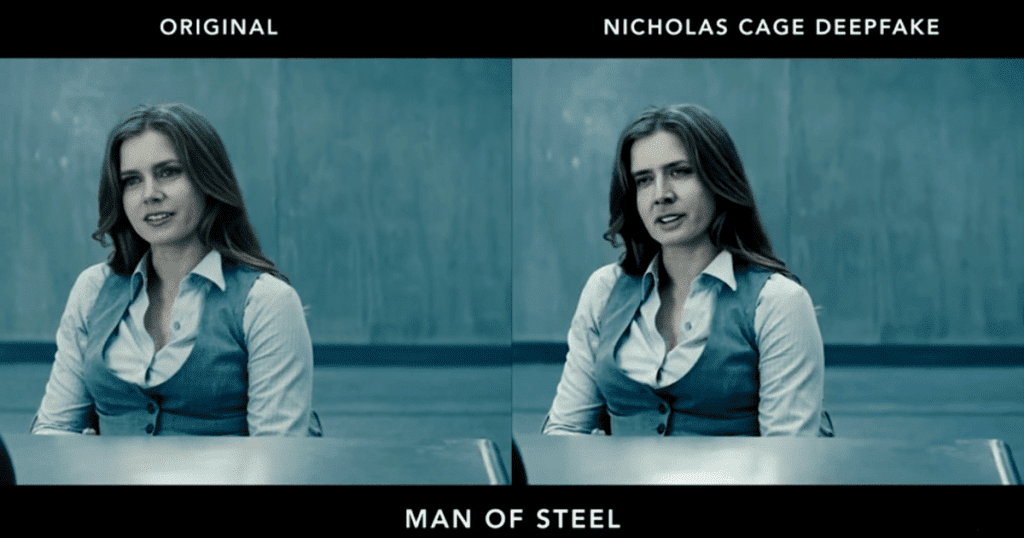
Fake it ‘Till You Make It 2.0
The National Anthem
Season 1 Episode 1 of Black Mirror was the episode that got me hooked onto the series. A few friends of mine recommended the show which first aired in 2011. For those #OutOfTheLoop it is a critically acclaimed Netflix drama that explores the near future of humanity in a rapidly progressive technological world.
But for all its praise the very first episode couldn’t predict how quickly machine learning has reached a point, where it is impossible for the human eye to distinguish the difference between a real and computer generated video.
The term “deepfake” comes from the combination of:
- “Deep Learning” – a subset of machine learning that has network capable of unsupervised learning from data this is unstructured of unlabelled
- “Fake” – not real
A deepfake is a technique using machine learning to “combine and superimpose existing images and videos onto source images or videos” (thank you Wikipedia). Example link on Youtube:
“But wait, I still don’t get what deep learning is” you might be thinking. So lets break it down a little further in the context of a deepfake.
Deepfakes uses a generative adversarial network (GAN). Think of GANs as 2 components:
- A generator – the program for generating the altered video
- A discriminator – the program for checking the video to detect if it’s real or not
The two components are in competition like a child forging their parent’s signature and the teacher checking how the legitimate the “sick note” is, until the child gets away with it. The discriminator is first “trained” on what is fake vs what is real i.e. a teacher is shown examples of real vs forged signatures, before the competition starts.
So What?
There are a few considerations worth discussing the rise of deepfakes:
Entertainment / Marketing
Advancement of this machine learning technique could lead to redundancies within special effects and post-production departments with heads of stunt doubles and crash dummies becoming much easier to replace, resulting in a shakeup of the entertainment industry swapping out creatives for data scientists. This may also impact how “brand ambassadors” and micro influences may monetise their audience. Will people be able start licencing their face and features, removing the age old restriction of “not being able to be in two places at once”?
Misinformation
On a much more sinister note, this technology could lead to political and economic manipulation. Imagine a presidential candidate being “caught on video” in a compromising situation leading to a group of significantly different world leaders, or the CEO of a public company making an “announcement” that causes their company’s stock to tumble to the advantage of short sellers. With the speed at which content can be disseminated, virality is the name of the game culminating in increasing scepticism and paranoia within the general public. To combat this, entire populations will need (re)education in critical thinking and healthy ways of consuming content and media.
Legal Implication
The legal and regulatory branches of government will be tested in their ability to adapt to the shifting digital landscape. Privacy concerns over non-consensual pornography need to be addressed in tandem with platform content regulation/moderation. Some questions include, in what situations can public figures be inserted into deepfakes? What type of deepfakes will be allowed on social media and video hosting platforms? What types of due diligence will media outlets be required to undertake when reporting of video content?
A brave new world
As access to deepfake technology becomes easier to obtain, video and images content will soon lose its credibility as ‘evidence’. How will we navigate these ever increasing uncertain times? It brings a new meaning to “fake it, till you make it”.